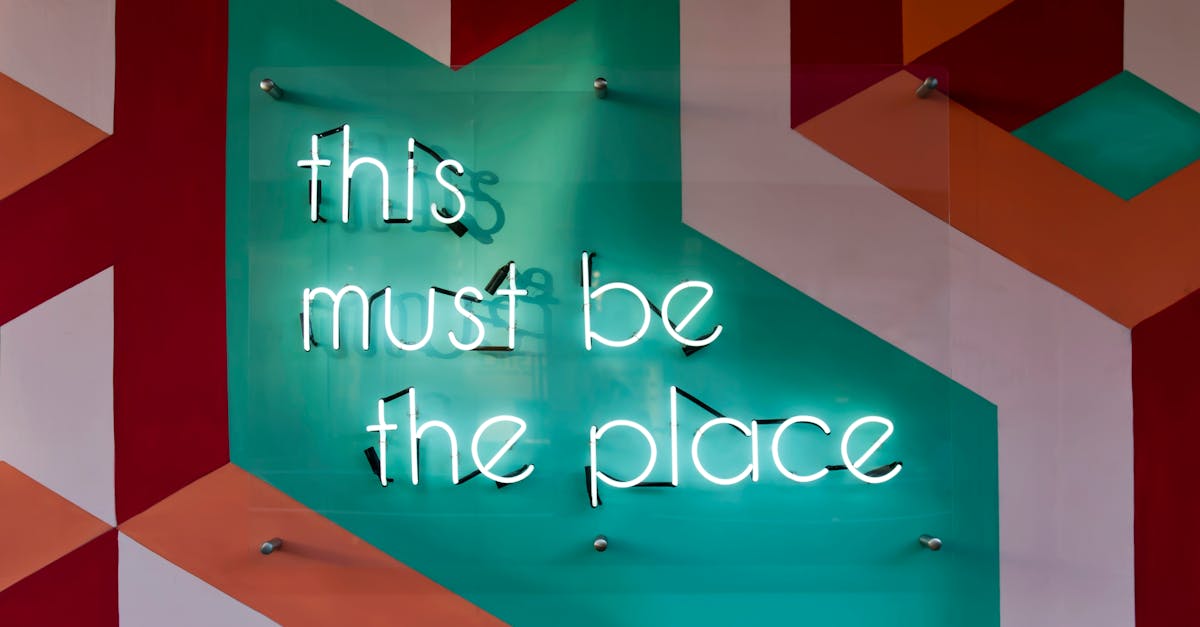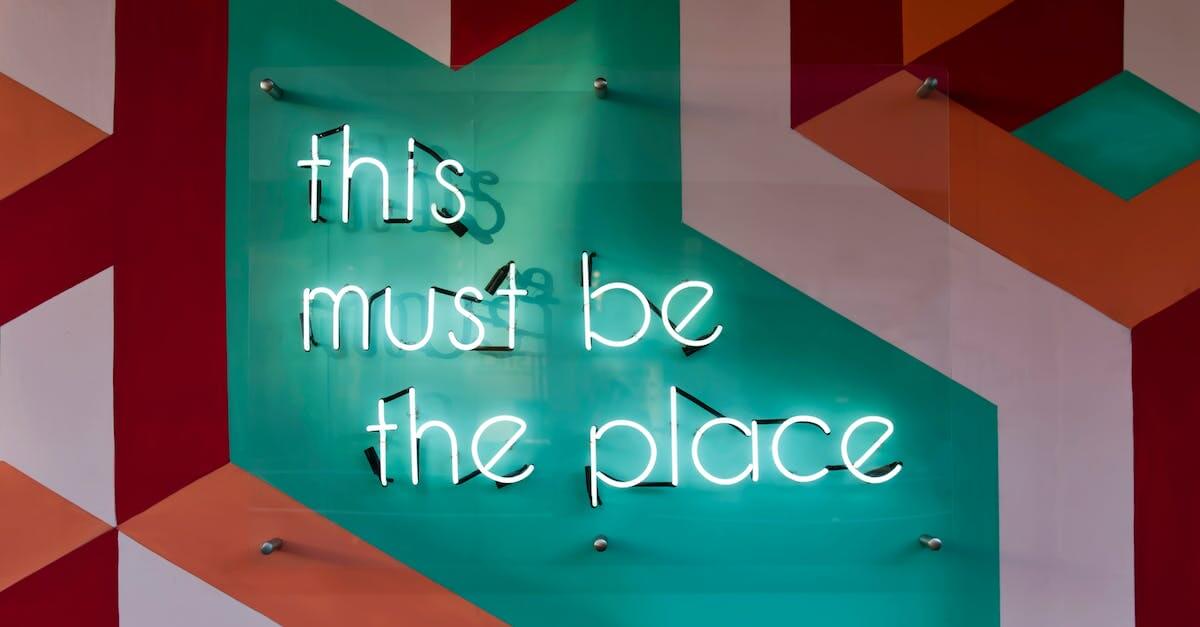Recruiting the right talent for your organisation is crucial for its success. However, the recruitment process can be time-consuming and often fails to identify the right candidate. This is where gamification can help.
In this article, we will discuss how gamification can be used in recruitment, and what you should pay attention to when implementing it. We will explore case studies of companies that have successfully used gamified recruitment processes, and identify common mistakes to avoid. By the end of this article, you will have a clear understanding of how gamification can improve your recruitment process and attract top talent to your organisation.
What is gamification in recruitment?
Gamification is a process of using game elements and mechanics in non-game contexts to engage and motivate people to take certain actions. Gamification in recruitment involves using gaming techniques such as points, levels, rewards, and leaderboards, to make the recruitment process more engaging and fun for candidates.
By adding game-like features to the recruitment process, companies can attract more candidates and create a memorable experience for them. Gamification also helps recruiters evaluate candidates’ skills and potential while simulating real-life work situations. Through this approach, prospective employees can better understand what the company culture is like before even being employed.
Gamifying the recruitment process can transform it from being monotonous to interactive while creating an enjoyable candidate experience that could impact positively on employer branding.
The Benefits of Gamifying Recruitment
Gamification in recruitment offers several benefits to both the candidates and the hiring company. Firstly, it increases engagement and motivation among candidates by making the recruitment process more interactive and entertaining. This results in a higher level of interest and participation, leading to a larger pool of potential candidates to choose from.
Secondly, gamification allows companies to assess a candidate’s skills and personality traits through game-based challenges, simulations or role plays. This provides a more accurate evaluation of their suitability for the role, rather than relying solely on traditional application processes such as resumes or interviews.
Thirdly, gamified recruitment processes are also known for being more efficient as they streamline the selection process with the use of technology. Recruitment games can be created that are customized to fit specific job requirements and used to filter out unsuitable applicants automatically – saving HR departments both time and money.
Overall, implementing gamification in recruitment enhances not only candidate experience but also improves efficiency while providing an opportunity for employers to measure relevant skills during the application process.
Identifying the Right Candidate Profile for Gamification
Gamification in recruitment can be an effective tool to attract top talent, but it is important to identify the right candidate profile for gamification. Not all candidates are drawn to gamified recruitment processes, and you want to ensure that you are not turning off qualified candidates with a process that does not resonate with them.
Start by looking at your ideal candidate profile and assessing whether they are likely to enjoy a gamified challenge. Consider factors such as age, interests, and industry. For example, younger candidates who grew up playing video games may be more receptive to a gamified recruitment process than older candidates who did not grow up in the same digital environment.
Saying that, we also know that in some situations the older generations experience gamification as more innovative, but for recruitment it does require a bit of research. As a generic hint, HR professionals in our experience are the least likely to appreciate gamification and are often nudged by senior managers or influencers to even consider it for anything in the business.
It is also important not to overlook other factors such as personality traits or work style. For instance, candidates who enjoy competition or those who thrive in high-pressure situations may be more receptive to a gamified process than those who prefer collaboration or teamwork.
Overall, identifying the right candidate profile for gamification requires careful consideration of various factors such as age, interests, industry experience and personality traits. By tailoring your approach accordingly you can attract the kind of talent that best fits your company culture and values while also creating an engaging experience for all participants.
Designing a gamified recruitment process
The design of a gamified recruitment process is crucial to its success. The process should be engaging, easy to navigate, and have clear objectives for both the employer and the candidate. To start, identify the key areas where gamification can be implemented such as assessments, virtual simulations or games.
The user experience should be designed in a way that is intuitive and easy-to-use. Gamification elements such as badges, leaderboards and progress bars should be incorporated to track candidate progress. Design challenges that are challenging yet achievable so they don’t deter candidates from applying to your company. Make sure that the aesthetic elements align with your company’s brand ethos so that the experience is consistent with your overall messaging.
Creating incentives that encourage participation
Incentivising candidates to engage with gamification in recruitment is critical to the success of the process. From badges and points to rewards for successful completion of game stages, there are several ways companies can create a sense of excitement and competition among candidates.
One effective way to create incentives is by offering tangible rewards such as gift cards, merchandise, or even a job offer. These types of rewards motivate candidates to not only complete the game but also perform well on each stage. Another way is by providing personalized feedback at each stage, including tips on how they can improve their performance and move forward in the process. This type of feedback helps candidates understand what is expected from them and how they can adjust their approach accordingly.
Measuring the Success of Gamification in Recruitment
Any gamified recruitment process should be assessed on its effectiveness, and measuring success is essential to determine the return on investment (ROI) of gamification. Metrics such as candidate engagement, application completion rates, and time-to-fill positions are among the key metrics that can be used to gauge the success of a gamified recruitment process.
Typically we see that gamification in recruitment tends to be invested in to replace something else or improve on something that was previously used in the business. For example one of our clients had an interactive video and replaced it with a game for some roles. The interactive video didn’t generate any job applications, the game generated 70 applications in the first week. Quite a big jump in ROI, if you ask us.
One important measure of success is whether or not gamification has a positive impact on candidate experience. Candidates who enjoy participating in a gamified recruitment process are more likely to view your company positively, regardless of whether or not they are ultimately offered a role. Additionally, candidate feedback can help improve the gamified recruitment process by identifying any issues or areas for improvement.
The ability to gather and analyze data from candidates’ interactions with a gamified recruitment process makes it easier for recruiters to optimize their approach over time. By tracking key metrics and analyzing data from previous campaigns, recruiters can make informed decisions about which aspects of their gamified recruitment process should be tweaked or improved for subsequent campaigns.
Using Gamification for Employer Branding
Gamification can be an effective tool for employer branding. By incorporating gamified elements into your recruitment process, you can showcase your company culture and values in a fun and engaging way. This can help attract candidates who are a good fit for your organisation and increase their interest in working with you. The obvious premise is of course that you are setting an expectation and that it needs to be a fit for your company culture in some way.
One way to use gamification for employer branding is by creating a game that simulates the day-to-day tasks of the job. This not only demonstrates what the role entails but also provides candidates with an opportunity to experience it firsthand. Additionally, incorporating company-specific challenges and questions into the game allows candidates to learn more about your organisation’s mission, values, and culture.
Common Mistakes to Avoid While Gamifying Recruitment
Gamification can be a powerful tool for recruitment, but only if it is done correctly. Here are some common mistakes to avoid if you want your gamified recruitment process to be successful:
- Mistake #1: Making the game too complicated: Your gamified recruitment process should be fun and engaging, but it shouldn’t be so complicated that candidates get frustrated or confused. Be sure to keep the game simple and straightforward so that everyone can participate.
- Mistake #2: Focusing too much on the game and not enough on the job: While the gamification element is important, don’t lose sight of the fact that your goal is still to find a qualified candidate for a specific job. Make sure that your game reflects actual skills and abilities required for the job.
- Mistake #3: Offering irrelevant rewards: Rewards are an essential component of gamification, but they must be in line with what motivates your candidates. Giving out irrelevant or uninteresting rewards will discourage participation.
- Mistake #4: Ignoring feedback from candidates: Candidates are going through this experience, and their feedback can provide valuable insights into what works and what doesn’t. Not taking their feedback into account may result in losing excellent potential applicants.
Avoiding these common mistakes will help you design an effective gamified recruitment process that attracts top talent while keeping things fun and engaging. Remember to focus on your goal – finding great candidates – while keeping in mind what
Case studies: gamified recruitment success stories
In recent years, many companies have successfully implemented gamification in their recruitment process. One such example is Deloitte. In 2014, the company launched a gamified assessment for graduates applying for positions in its consulting division. The game, called Deloitte Drive, helps candidates to understand the requirements of the job and assesses their suitability for the role. The game was a great success, with more than 3,000 candidates completing it and an increase in applications received.
Another example is Marriott International, which used a mobile game called My Marriott Hotel to attract potential employees for its hotels worldwide. The game allowed players to manage a virtual hotel kitchen and gave them an insight into what it’s like to work at Marriott. Over 150,000 people played the game in the first year alone, resulting in over 8,000 applications and a decrease in turnover rate.
Check out our case studies page for more examples.
Conclusion
In conclusion, gamification has become an increasingly popular tool for recruitment due to its proven effectiveness in engaging and identifying the right candidates for a given position. However, it is important to identify the right candidate profile for gamification and design a creative, yet effective process that encourages participation while being mindful of potential biases. By creating incentives that are tailored to the company culture and measuring success through data analysis, organizations can not only improve their recruitment process but also enhance their employer branding. With proper planning and execution, gamification can be a valuable addition to any company’s recruitment strategy.



